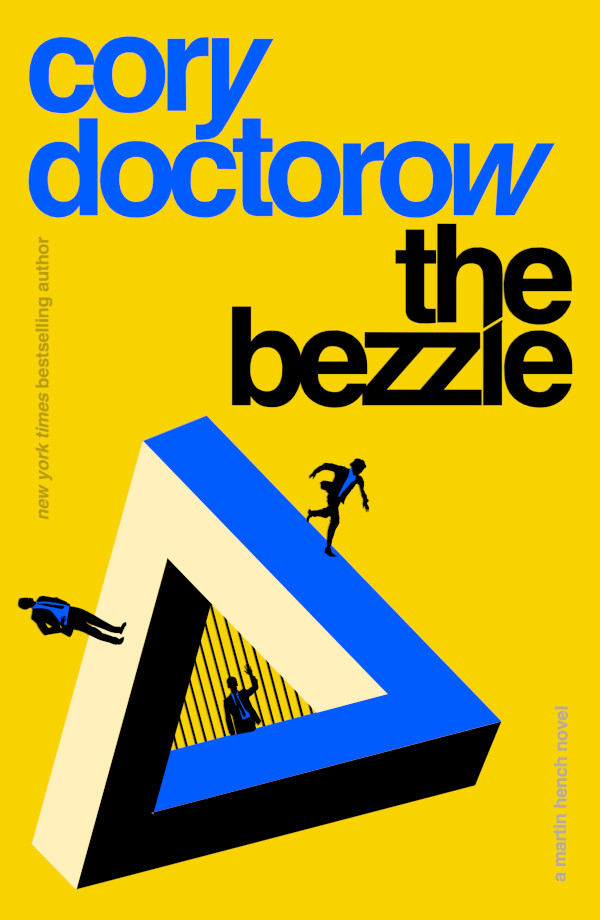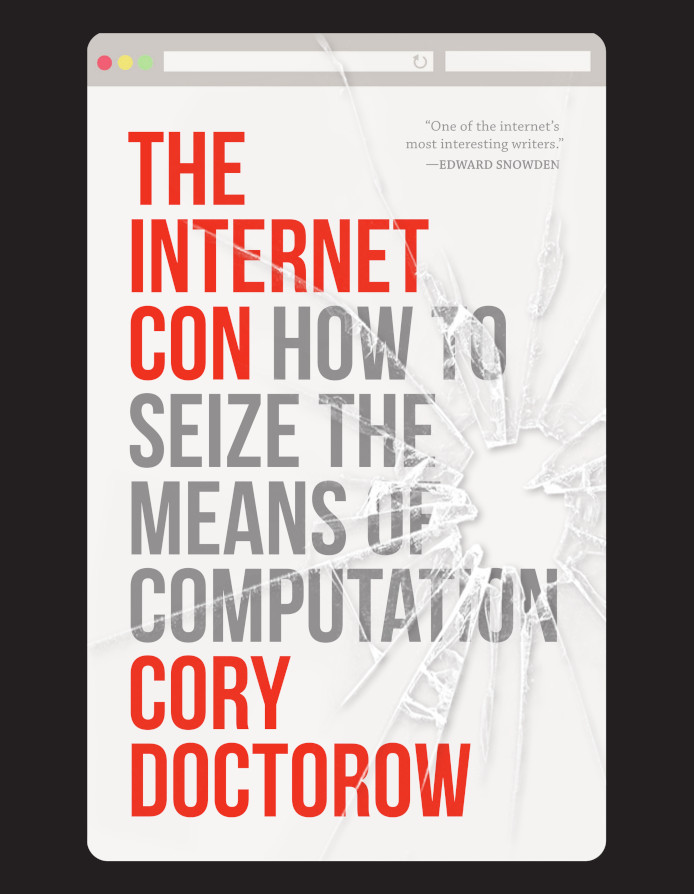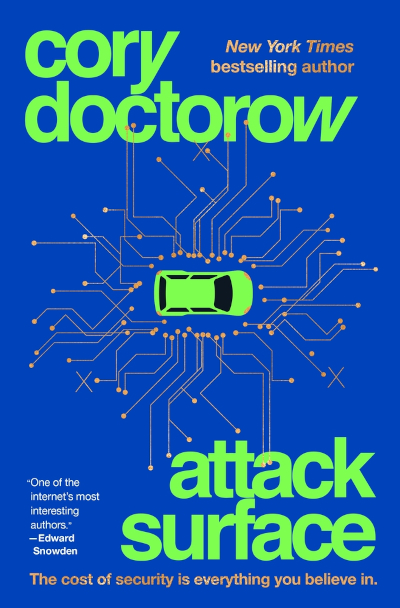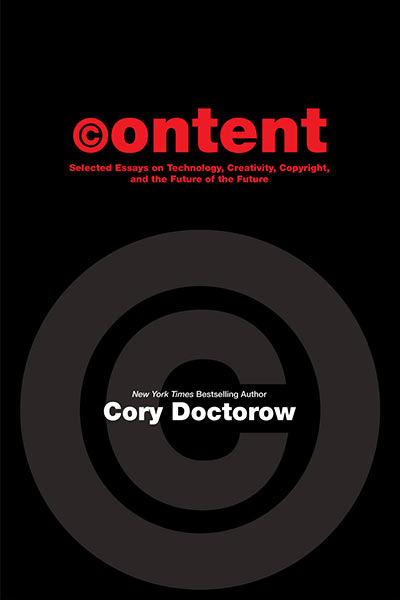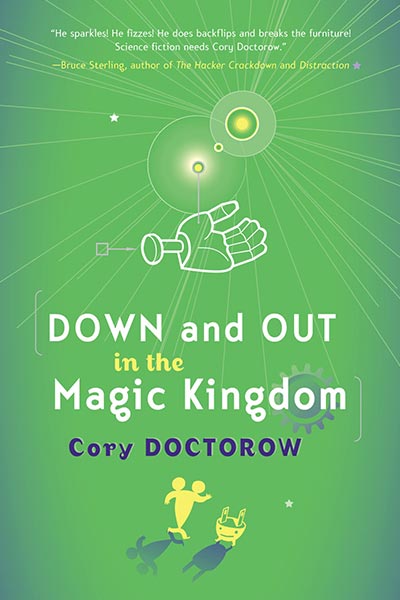
Last month, I filed comments with the Federal Trade Commission on behalf of Electronic Frontier Foundation, 22 of EFF’s supporters, and a diverse coalition of rightsholders, public interest groups, and retailers, documenting the ways that ordinary Americans come to harm when they buy products without realizing that these goods have been encumbered with DRM, and asking the FTC to investigate fair labeling for products that come with sneaky technological shackles.
In my latest Guardian column, DRM products are defective by design. Time to tell users what they’re buying, I describe the process by which we came to file, and what we’re hoping will come of it.
In our open letter on DRM labelling – a letter signed by a diverse coalition of rights holders, public interest groups, and publishers – we ask the FTC to take action to ensure that people know what they’re getting when they buy products encumbered with DRM. DRM-free publishers love this idea, because where DRM-labelling prevails, customers overwhelmingly favour DRM-free products.
But DRM-encumbered publishers should also love this, because they keep telling us that people don’t mind DRM. One significant challenge to DRM labelling is that the restrictions imposed by DRM can be incredibly complex – a video may play back on most manufacturers’ displays, but not all, and not at every resolution, and not if the video player believes that it is running in a virtual machine or has been relocated to a different country.
What’s more, most modern DRM is designed for “renewability” – which is a DRM-vendor euphemism for a remote kill-switch. These DRM tools phone home periodically for updates, and install these updates without user intervention, and then disable some or all of the features that were there when you bought the product.
DRM products are defective by design. Time to tell users what they’re buying
[The Guardian]

